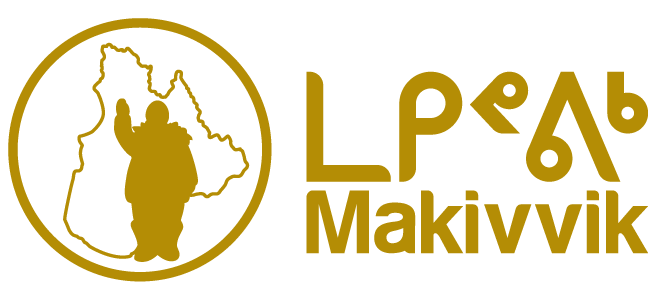Makivvik opened the first of its satellite offices April 16 in Quaqtaq with an official ribbon-cutting ceremony. The event, attended by Makivvik President Pita Aatami, Corporate Secretary Alicia Aragutak, and Quaqtaq board Director Noah Ningiuruvik marked the beginning of the organization’s increased presence in the community. In line with its regional expansion plans, Makivvik aims to establish more satellite offices, with the Quaqtaq office being the first to be unveiled to the public. Six were under construction in the past year, with more progressing this summer.
Residents were invited to join in the festivities and witness the official launch. The ceremony featured a parlak, much to the delight of attendees, who had the chance to get prizes and indulge in treats. They were also given the opportunity to tour the newly opened building and receive promotional packages as tokens of appreciation for their participation in the event.
The establishment of Makivvik’s office in Quaqtaq signifies a significant milestone in the organization’s commitment to serving communities across the region, promising increased accessibility and support for local initiatives.




